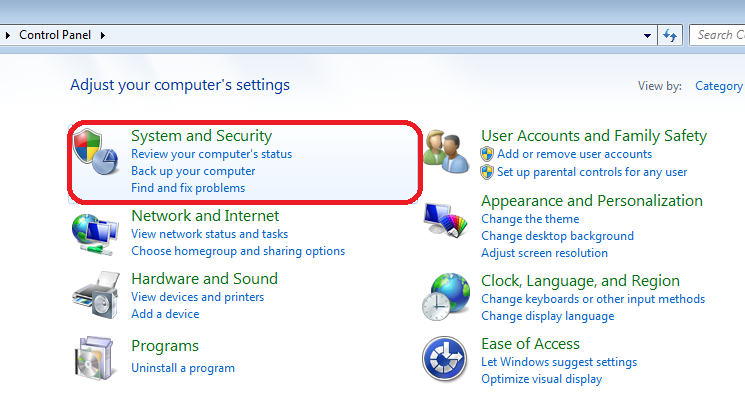


Thankfully there is one task manager we know of that can actually display this information, and that is Anvir Task Manager (both paid and free versions).įirstly run the Anvir program, the freeware portable version will work and is recommended to avoid the adware in the setup installer. Most of the popular task management utilities like Process Explorer or Process Hacker don’t have the ability to show specifically which tray icon is being used by which process. Here we show you 4 ways to help find out. If you are having difficulty in identifying which program any of your system tray icons are related to, it pays to find out so you can disable it if the program or its tray icon isn’t required. If you’re not careful this area can fill up with tons of icons, some of which give little or no information about what the program associated with the icon actually is. Although officially called the Windows Notification Area by Microsoft, most people refer to this part of the task bar as the system tray. Although this is less of an issue these days because computers are equipped with more memory, it’s still a good idea not having too many programs present in the background to keep your system running as fast and trouble free as possible.Ī lot of programs that run in the background or start with Windows will have an associated icon in the system tray at the bottom right corner of your desktop. If too much was running the system would quickly become sluggish or unresponsive. Back when computers didn’t have much system memory, it was hugely important to have strict control over what software continues to run in the background or starts with Windows.


 0 kommentar(er)
0 kommentar(er)
